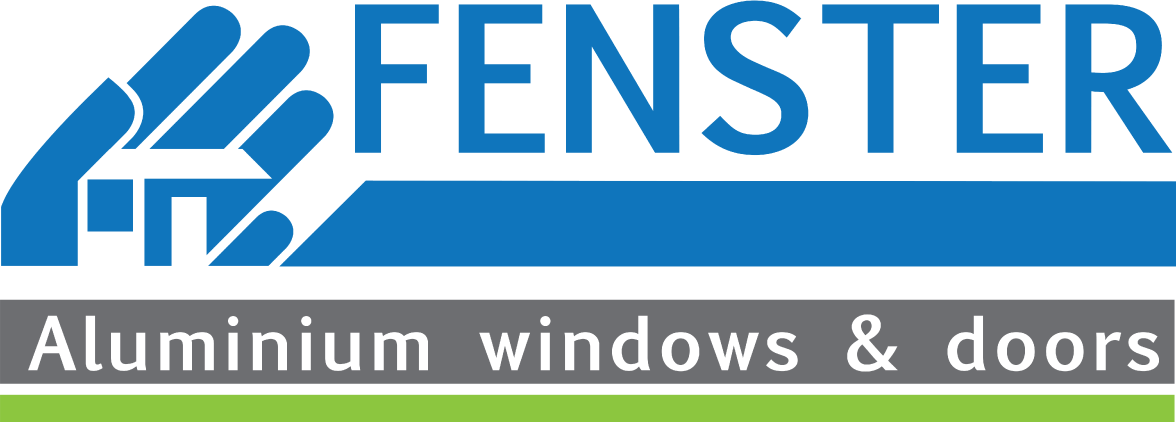Imagine This
Imagine you’re on a sales team when Frederick, your team’s best salesperson, suddenly leaves the company. Your manager, Russell, asks for your help to organise and reassign Frederick’s sales contacts. As you look at the list, you realise that each contact is at a different level of relationship-building with Frederick: Some were just getting to know the product, while others had already received a proposal. You suggest that Russell organise the list by how close Frederick was to making a sale.
If you can imagine yourself in this scenario, you have already begun to understand the concept of a sales pipeline. A sales pipeline organises potential customers by stages. It gives an overview of how close a salesperson or team is to making a sale.
In this lesson, you’ll learn what a sales pipeline is and what typical pipeline stages look like. You’ll also explore how salespeople can use a pipeline, how to tell if your pipeline is healthy, and how the pipeline concept relates to other sales terms.
Watch the video to learn what a sales pipeline is and how it helps sales teams.
What Is a Sales Pipeline?
A sales pipeline is a visual method of tracking sales opportunities. The pipeline gives salespeople a summary of where potential buyers are in the sales process, from qualification to closing.
If developed well, a sales pipeline can help teams:
- Clarify responsibilities. A pipeline shows what the sales team must do to guide a contact through the purchasing process. It demonstrates what potential customers expect from the sales team at every stage.
- Organise current prospective customers. Sales teams can refer to their pipeline for a straightforward summary of the status of their sales.
- Estimate goals. Watching contacts move through the pipeline can help sales teams forecast how many deals will close and how much revenue will be earned.
What Does a Typical Pipeline Look Like?
A pipeline is linear, with each stage of the pipeline describing the experience that prospective buyers have with your salespeople. Tended well, these steps can transform a contact into a customer.
Click through the process below to explore the stages typically included in sales pipelines.
Moving Through the Pipeline
The way prospective buyers move through the pipeline can provide valuable insight into a sales team’s strengths and weaknesses.
For example, if prospective customers drop off just after the qualification stage, the sales team may need to refine how they evaluate their contacts. If potential buyers are spending too long in the proposal stage, their salesperson could require more support for presentations and objection handling. And if there are too many contacts waiting in the meeting stage, a sales manager might need to consider hiring more team members.
Elements of a Healthy Pipeline
A healthy pipeline accurately represents how salespeople are growing opportunities. It can provide useful insights into how your sales team works, but only if the pipeline itself is functioning well.
A healthy pipeline should be:
- Clear. Teams must agree on what happens between their salespeople and potential customers at each stage. They must also define timing and methods to keep all communication consistent.
- Clean. A pipeline only functions well when team members update it regularly. Make sure all members of your team know to share pipeline updates and changes promptly.
- Weighted to fit. Your pipeline should fit your team’s goals. For example, if you hope to grow your pool of potential customers, your pipeline will be top-heavy. On the other hand, if your team wants to focus on only the most viable opportunities, your pipeline should be the same width throughout.
A sales pipeline tracks opportunities as potential customers move through the purchasing process.
Keep an eye on your pipeline to see where your sales team is excelling—and spot potential areas for improvement.
Summary
A sales pipeline describes the stages that each potential buyer goes through to become a customer. Salespeople use pipelines to track their progress with each opportunity. Pipelines are most effective when they are tailored to each business. Still, each pipeline will have some element of the following stages:
Qualification
Discovery
Meeting
Proposal
Close
A healthy pipeline clarifies how salespeople and their contacts interact at every stage. It also demonstrates the flow of opportunities through the pipeline. The pipeline gives sales teams an insightful perspective on their strengths and weaknesses.
- Let your pipeline be a helpful tool rather than a rigid structure. Every customer is different, and every solution is unique. So, it’s vital to see contacts as people rather than as figures on a chart. Remember—sales is about building relationships, not tracking stages.
Now you know what sales looks like from your team’s point of view, but what about your customer’s? Continue to take a closer look at the buyer’s side of the sale. Click on “Mark Complete ✓” to continue.
